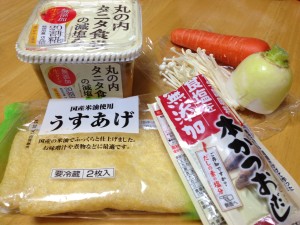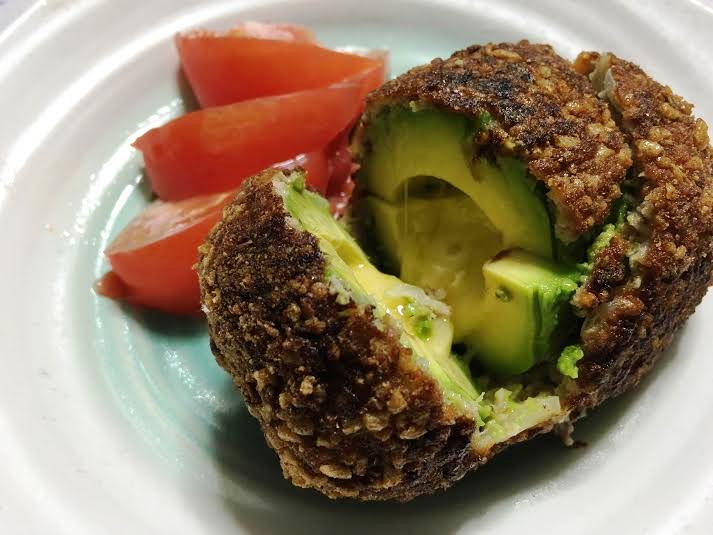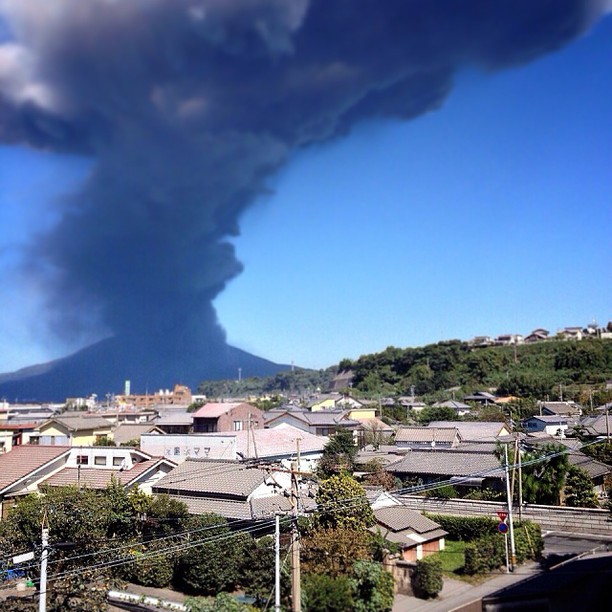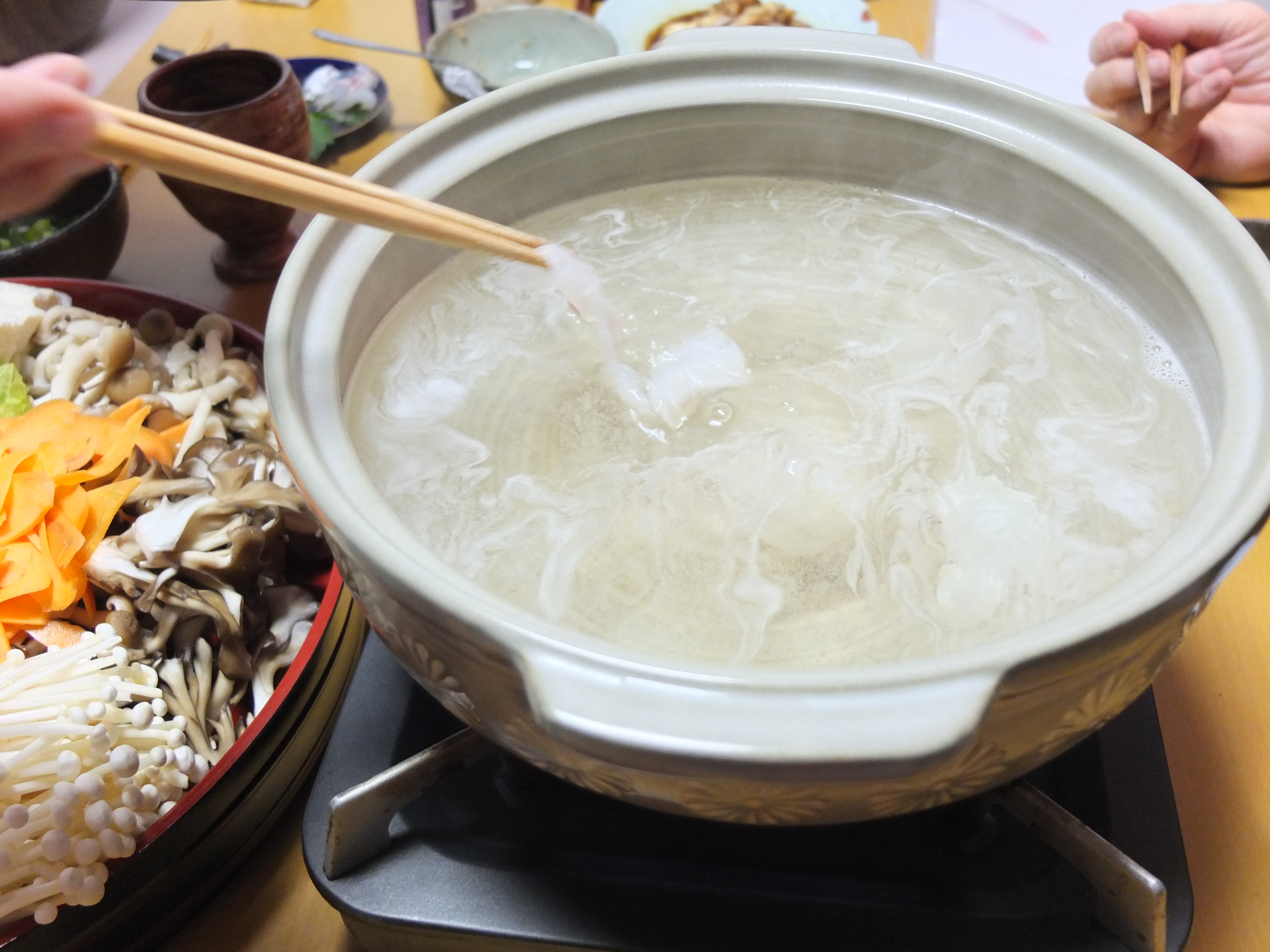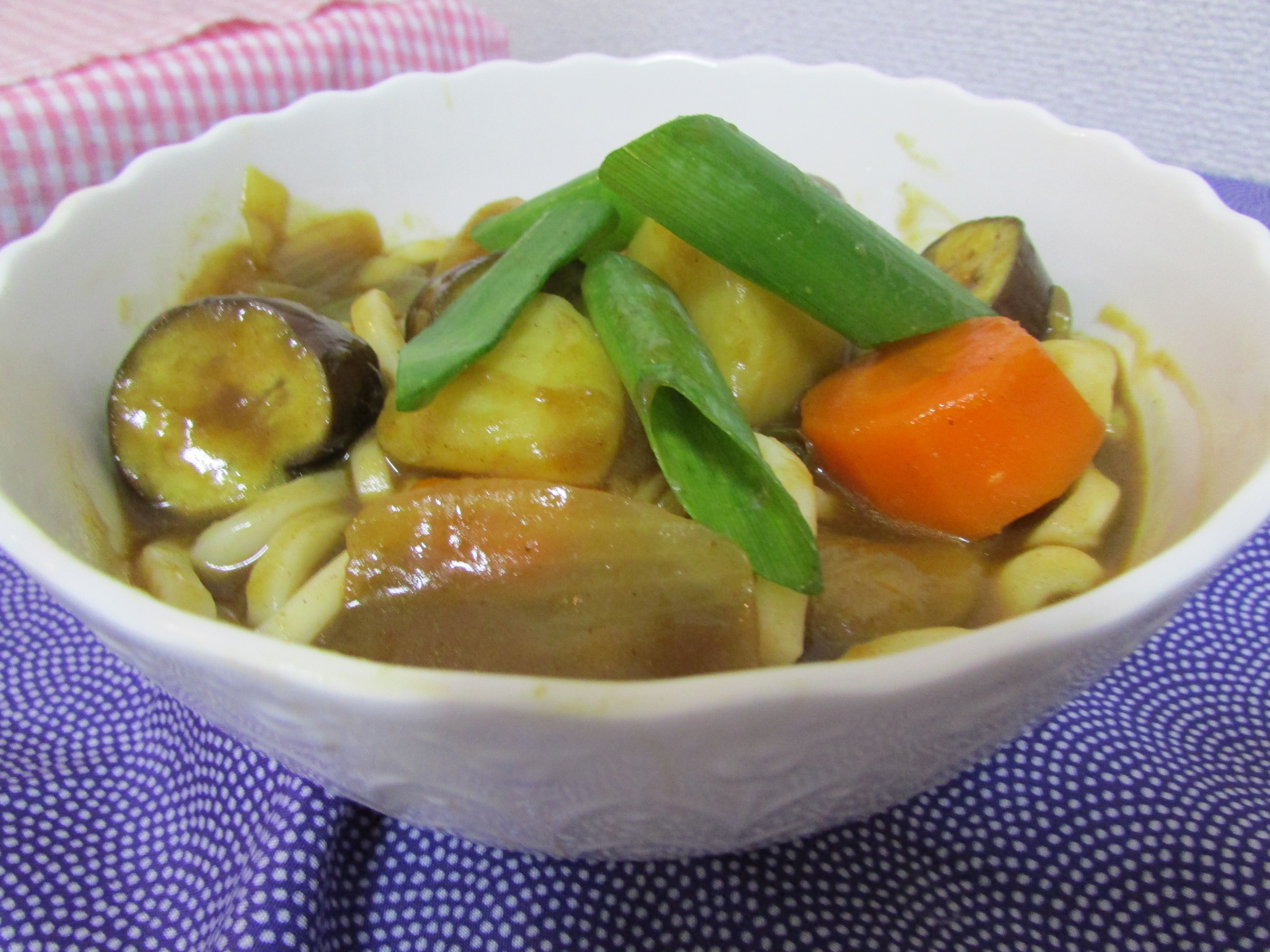Kicchiri Kitchen: Hearty Miso Soup
I’m a summer person but one thing I do look forward to in the cooler months is miso soup. It’s simple to make, warms you up, and is jam packed with umami, protein and other nutrients. I didn’t like miso soup until coming to Japan and this recipe hooked me in even more. So if you’re not a fan yet, I say give it another chance! You may be pleasantly surprised.
This recipe was inspired by a miso soup served at breakfast in a Nara guesthouse one cold winter morning. Enjoy!
Prep time: 5 minutes
Cook time: 8 minutes
Serves: 1
INGREDIENTS
½ teaspoon dashi powder (skip this if your miso already has dashi in it)
1 ½ teaspoon miso
2 slices of daikon
3 large (or 6 small) slices of carrot
30g enoki mushrooms (about 1/5 of a packet)
3 slices of usuage (deep fried tofu)
METHOD
- Peel and cut the carrot and daikon into ½ cm slices. Cut the daikon into quarters and halve the carrots if needed. Cut the usuage into 2 cm strips and halve them. Trim the ends of the enoki mushrooms.
- Place the water, dashi powder, daikon and carrot in a small saucepan and bring to the boil. Lower heat and simmer for 4 minutes.
- Add the usuage and enoki mushrooms and simmer for one more minute. Turn off the heat.
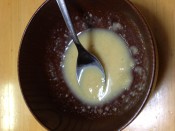 In a soup bowl, mix the miso paste with a bit of the liquid from the saucepan. Add to the saucepan and stir. (Never boil the soup once the miso has been added!)
In a soup bowl, mix the miso paste with a bit of the liquid from the saucepan. Add to the saucepan and stir. (Never boil the soup once the miso has been added!)- Pour into a bowl and enjoy.
HINTS AND TIPS
- The top half of daikon is sweeter and is more versatile.
- Usuage doesn’t keep for long. Slice up leftovers and freeze them in freezer bags or add some to a veggie stir fry for extra flavor.
- You can pretty much add anything to the soup, just be sure the ingredients are cooked before adding the miso. Tofu, other types of mushrooms, onion, potatoes, sweet potatoes, and wakame are all popular ingredients.
- Don’t be tempted to skip the dashi if you are vegetarian or vegan, miso with plain water is not very nice. Kombu dashi doesn’t contain animal products and is available at many supermarkets.
Â
A quick guide to miso
Miso is a fermented paste made from soy beans, salt and often another ingredient such as rice or barley. There are many kinds of miso and they vary in texture, colour, salt content and age. In general, lighter coloured misos have a milder flavor and are less salty (sweeter) than darker ones. A good place to start is awase miso, which is a blend of different types of miso. I usually go for the lighter coloured, chunky, additive free awase miso.
Some helpful vocab when you’re stuck in the miso section of the supermarket:
ã ã—入り (dashi iri) = includes dashi
åˆã‚ã›å‘³å™Œï¼ˆawase miso)= a blend of miso
生ã¿ã(nama miso) = miso that hasn’t been heat treated to stop the fermentation process. It will continue to ferment after it’s opened so you may need to use it up faster.
ç„¡æ·»åŠ ã€€(mutenka) = additive free
国産 (kokusan) = made using Japanese soy beans
有機 (yuuki) = organic
減塩 (gen en) = lower salt content than regular miso
麦ã€å¤§éº¦ (mugi, omugi) = barley
å°éº¦ (komugi) = wheat
大豆 (daizu) = soy beans
ç±³ (kome) = rice
Helen Yuan

